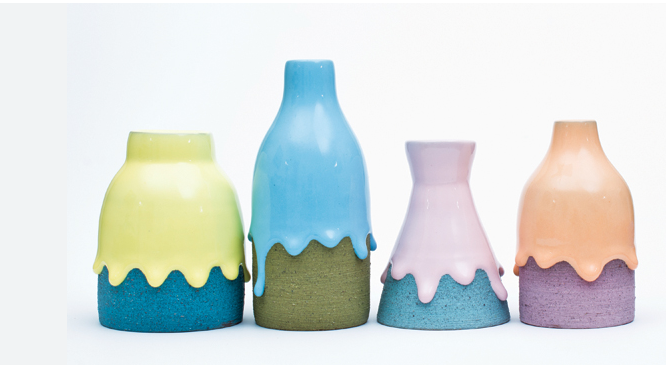HPMC (Hydroxypropyl Methylcellulose) is a synthetic polymer derived from cellulose. Due to its versatile properties and wide range of applications, HPMC has gained significant attention in industries such as pharmaceuticals, personal care products, and construction. This article aims to explore and discuss the various properties of HPMC polymer.
- Physical Properties: 1.1 Solubility: HPMC is soluble in cold water and forms a clear, viscous solution. The solubility increases with the decrease in methoxyl content and the increase in hydroxypropyl substitution. 1.2 Thermal Stability: HPMC exhibits good thermal stability, showing minimal decomposition up to temperatures of around 200°C. This characteristic allows it to withstand various manufacturing processes and storage conditions. 1.3 Viscosity: The viscosity of HPMC solutions can be adjusted by altering the molecular weight and concentration of the polymer. This tunable property makes HPMC suitable for both thickening and suspension applications.
- Chemical Properties: 2.1 Chemical Resistance: HPMC is resistant to organic solvents, acids, and alkalis. This property allows it to maintain structural integrity and stability in various environments. 2.2 Crosslinking Ability: HPMC can be crosslinked using suitable chemical agents or through temperature and pH variations. Crosslinking of HPMC enhances its gel-forming capability, which is valuable in controlled-release drug delivery systems and other applications requiring sustained release. 2.3 Film-Forming Properties: HPMC can form flexible films when cast from a solution. These films possess poor moisture barrier properties but are excellent in oxygen and oil barrier performance.
- Pharmaceutical Properties: 3.1 Drug Compatibility: HPMC is compatible with a wide range of drugs, making it a popular excipient in pharmaceutical formulations. It can stabilize drugs, improve dissolution rates, and control drug release. 3.2 Bioadhesive Properties: HPMC has bioadhesive characteristics, allowing it to adhere to biological tissues and enhance drug absorption and retention at the site of application. 3.3 Hypromellose 0 (HPMC 0): This specific grade of HPMC is widely used in ophthalmic formulations due to its excellent mucoadhesive properties and ability to prolong ocular drug delivery.
- Other Applications and Properties: 4.1 Personal Care Products: HPMC is widely used in cosmetics and personal care products as a thickening agent, stabilizer, and film-former. It provides excellent functionality as it enhances the texture, stability, and appearance of various products. 4.2 Construction Industry: HPMC is utilized as a water-retaining agent in cement-based materials. It enhances workability, strength, and durability while reducing shrinkage and cracking.
HPMC polymer exhibits a diverse range of physical, chemical, and pharmaceutical properties, making it a highly versatile and valuable material. Its stability, solubility, and controlled release capabilities have led to its wide use in pharmaceuticals and personal care products, while its adhesive and film-forming properties have found applications in various industries. Further research and development in HPMC will continue to unlock its potential for new and innovative applications.


